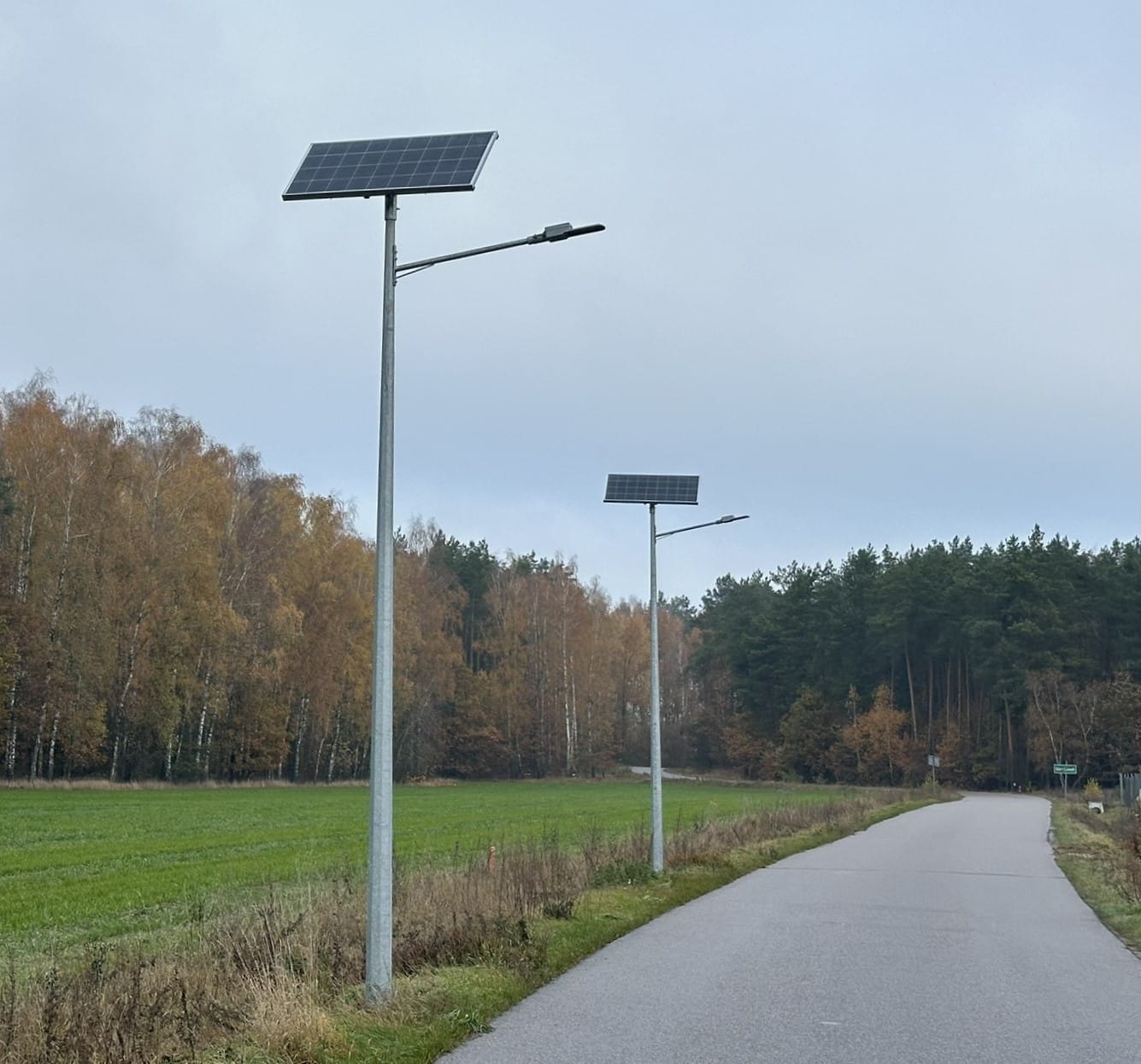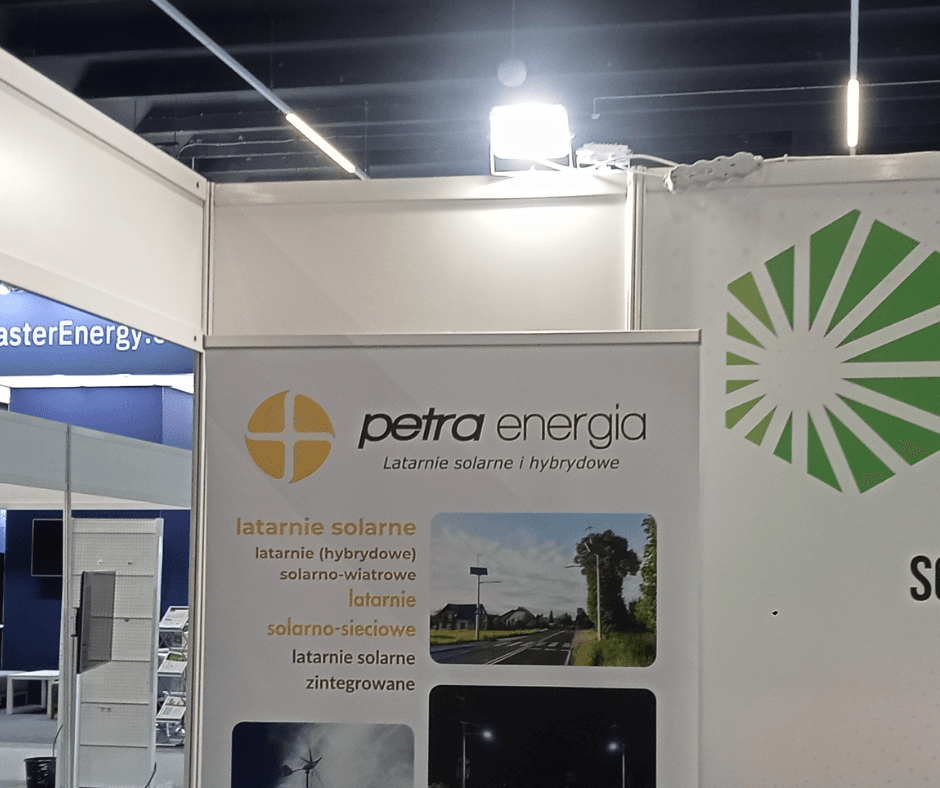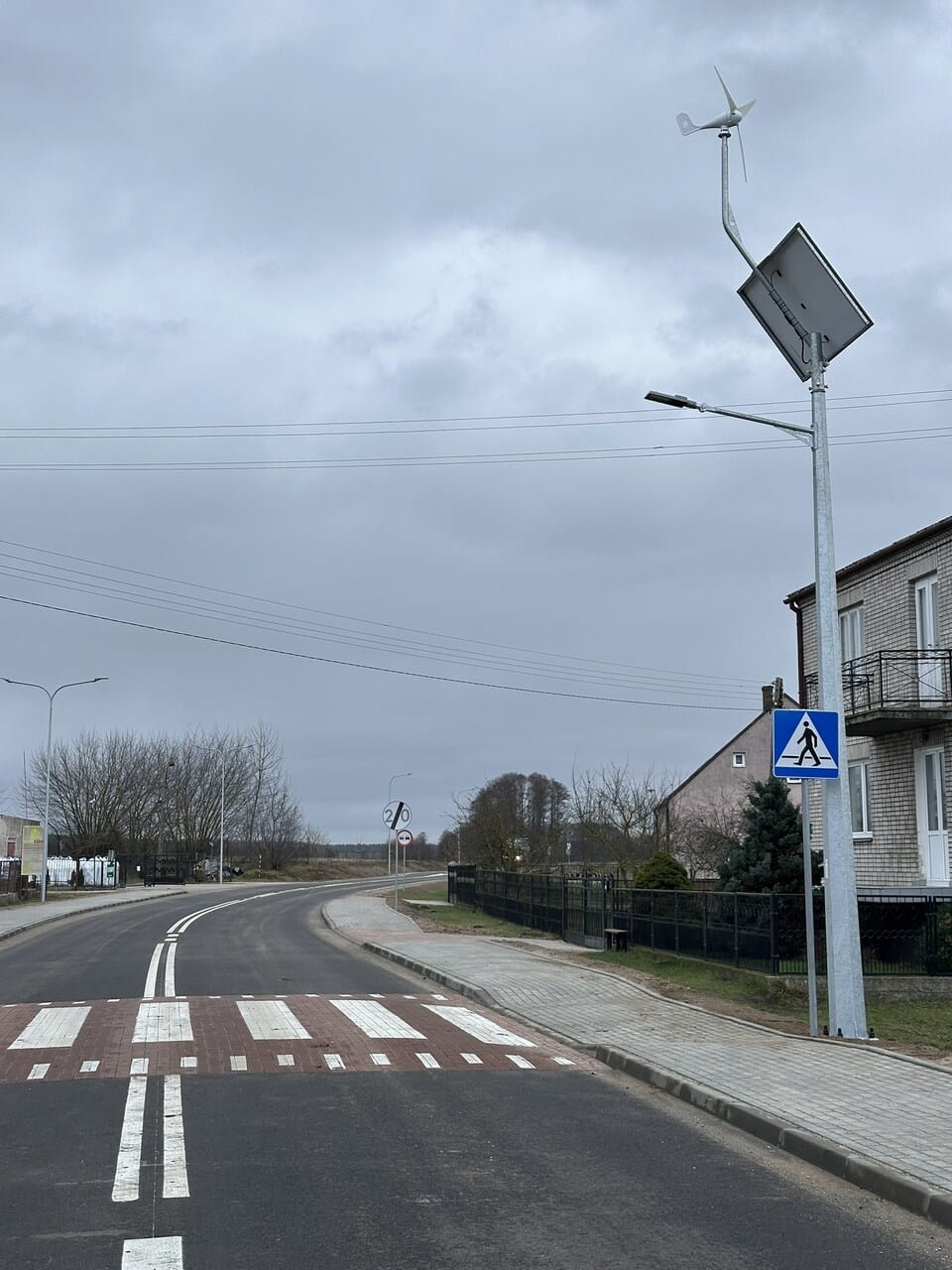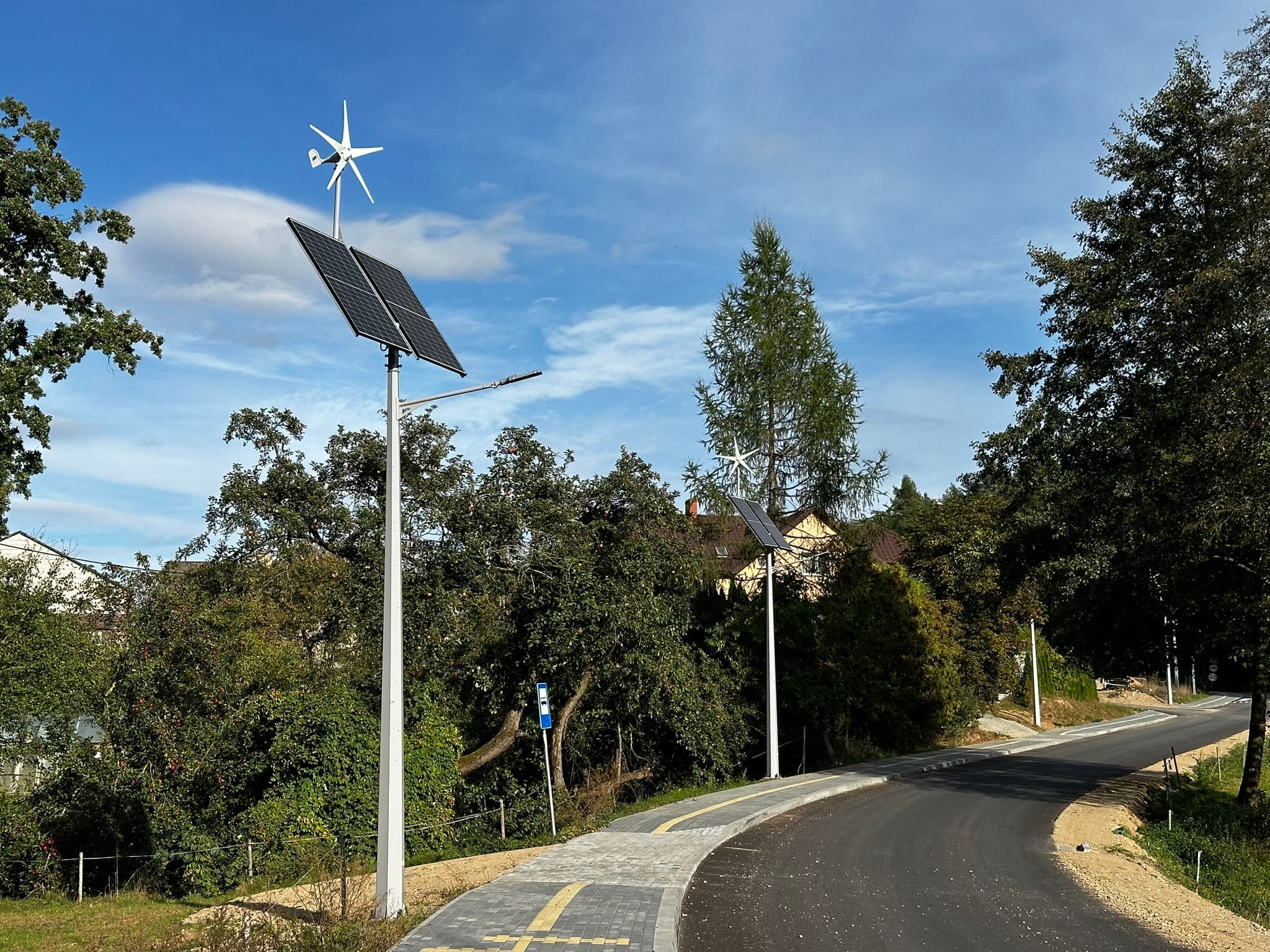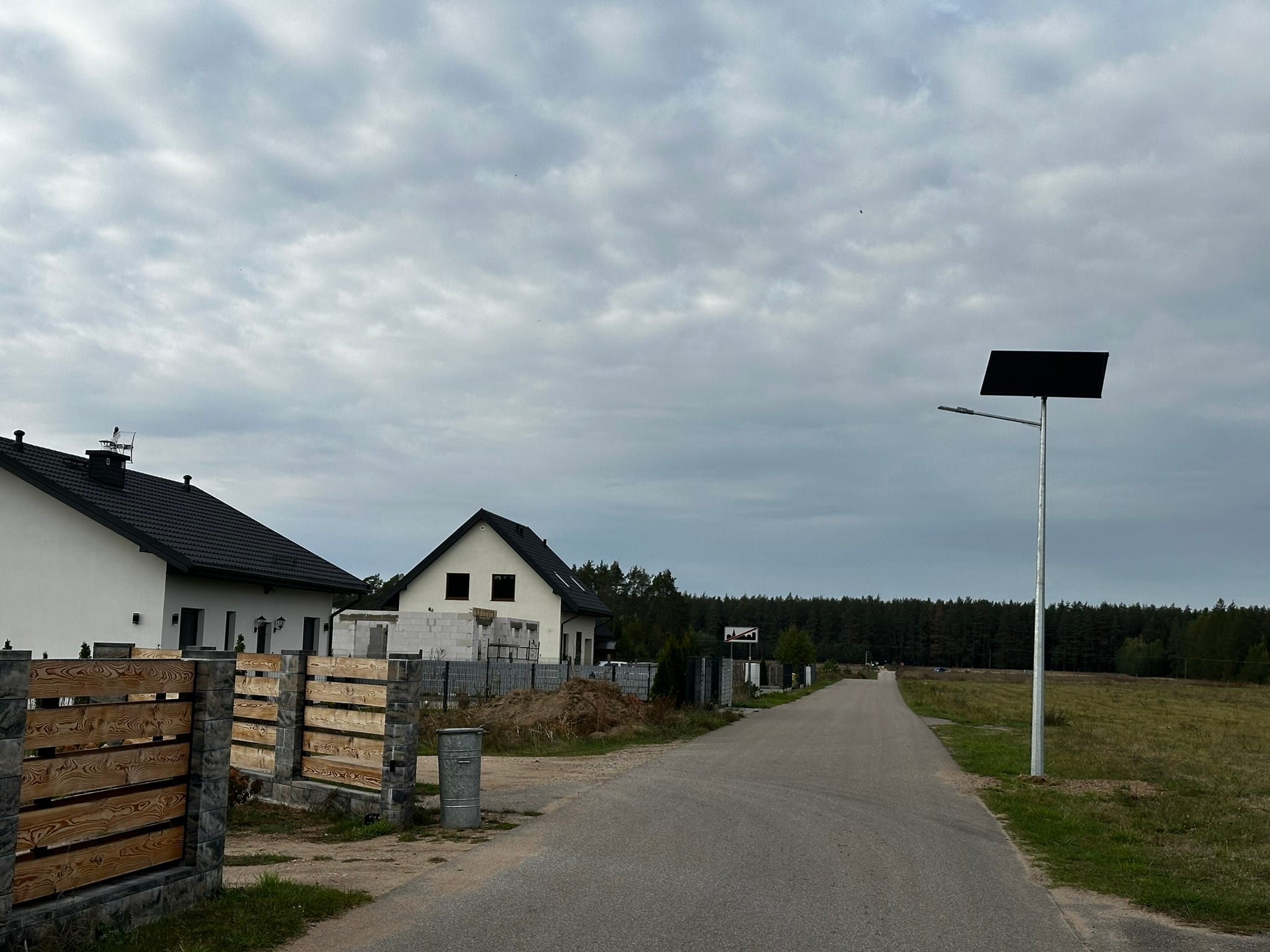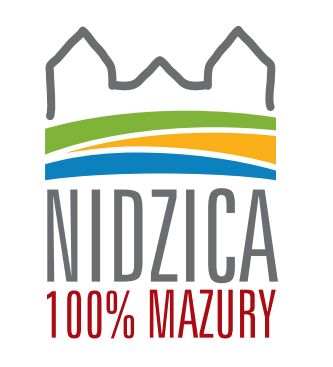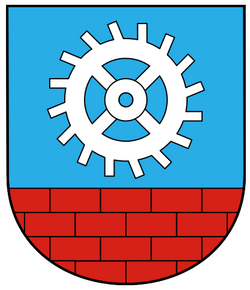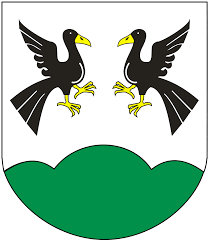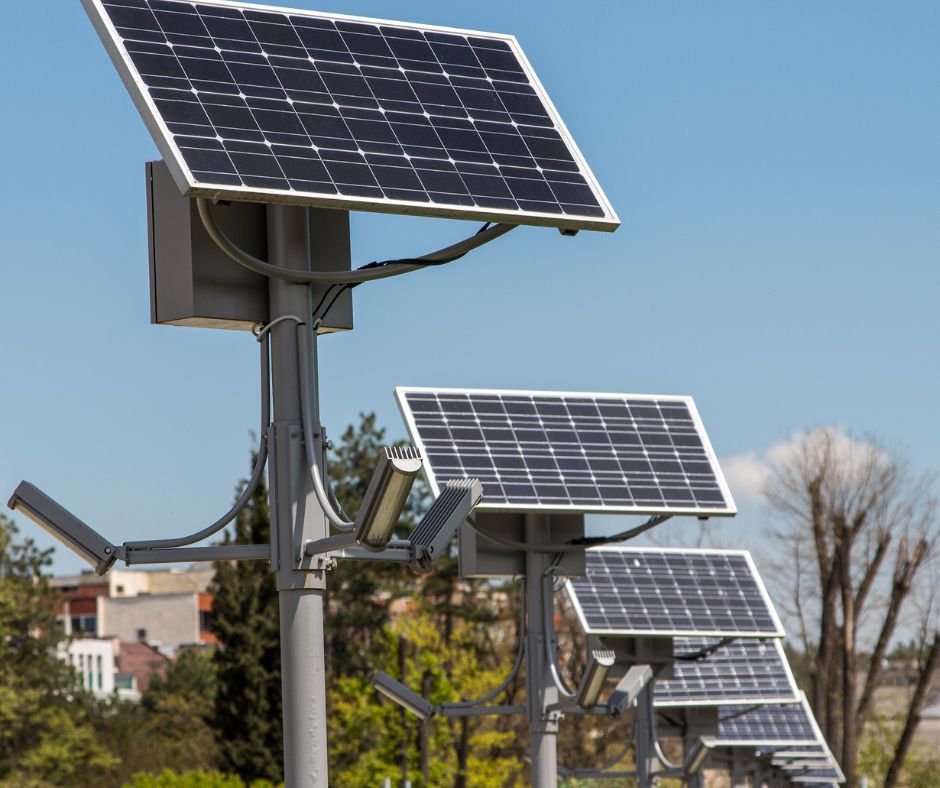
The following is a compendium of knowledge about solar lamps. We hope that this will help to systematize selected concepts related to solar lighting.
When choosing a solar lantern, pay attention to technical parameters such as the power of the solar panel, battery capacity, LED light brightness and weather resistance. When choosing a solar lantern, pay attention to these parameters to ensure proper performance, durability and lighting efficiency….
1. how do solar lanterns work?
Solar lanterns work by converting solar energy into electricity. They consist of solar panels, batteries, charge controllers and LEDs. Solar energy is absorbed by the panels, stored in batteries, and then used to power LED lights.
2. what are the features of a good solar lamp ?
The best solar lantern should have a high-efficiency solar panel, a capacious and replaceable battery, a sturdy weather-resistant design, fast charging, long lighting time and a long manufacturer’s warranty.
3. do solar lanterns work and shine in winter?
Yes, solar lanterns can operate in winter, although their performance may be somewhat lower due to shorter days and less available solar energy. Good solar lanterns are designed to operate in a variety of weather conditions, including colder winter temperatures.
4. how long do solar lamps last without charging?
The autonomy of solar lamps depends on the model and other parameters, but Petra Energia street lamps have an autonomy of 3-7 days.
6. What are the advantages of solar lanterns?
The main advantages are: energy savings, mobility, easy installation and aesthetic appearance, low investment costs and no need to connect to the power grid These lamps are ecological, because they use renewable energy sources ( RES)
7. What are the disadvantages of solar lanterns?
The main disadvantage is limited power compared to traditional electric lanterns.
8. are solar lamps expensive?
Prices for renewable energy sources (RES), including solar lanterns, have fallen significantly and continue to fall. In many cases, energy from RES is already much cheaper than energy from fossil fuels, making solar lamps an economical choice.
Based on the available information, the most important technical parameters of solar lanterns are:
1. power of LED luminaire – given in watts [W]. Typical values for streetlights are 30-50 W
2 Color temperature – expressed in Kelvin [K]. For solar LED street lighting, it is usually 4000-6000 K, giving a cool, pale blue light
3. luminous flux – measured in lumens [lm]. Determines the total amount of light emitted by the lantern
4 The life of the lantern – given in hours of operation. Today’s solar LED lanterns have a lifespan of 50,000 to over 100,000 hours.
5. capacity and type of battery – gel batteries, dedicated to cyclic operation, are preferred.
6. solar panel power – affects the efficiency of battery charging.
7 LED luminaire waterproof class – should be a minimum of IP65 for outdoor lamps, which provides protection against dust and water jets.
8. lighting efficiency – expressed in lumens per watt ( lm/W)
9. lighting time – determines how long the lantern can shine after a full charge.
10. charging time – indicates how long it takes to fully charge the battery.
We invite you to visit the Petra Energia website (petraenergia.pl), where you will find more information and detailed answers to frequently asked questions about our products and services.
Powrót do bloga
